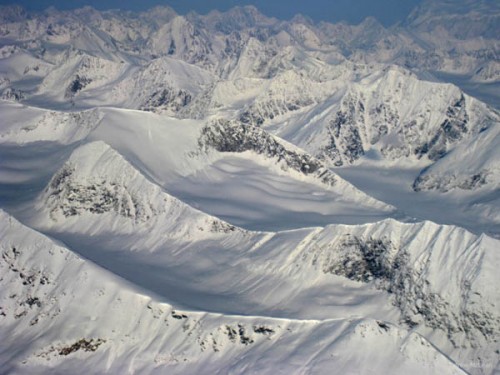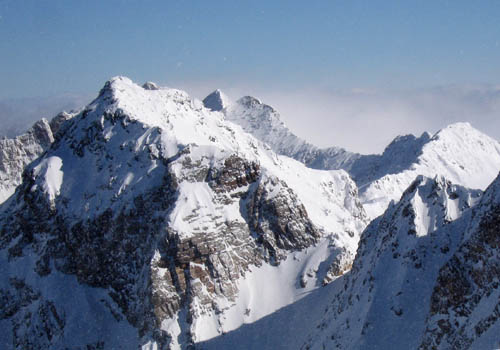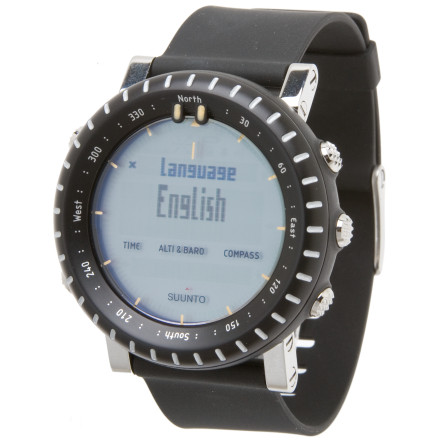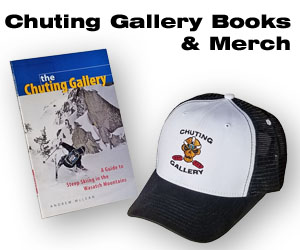Good Snow Hunting – Aspect
Before I started backcountry skiing, I would have been hard pressed to correctly identify which direction on the compass the sun came up on. There are four main options – north, south, east and west, so I probably would have gotten it eventually, but with backcountry skiing and good snow hunting, knowing your aspects (which direction a slope faces) is a big factor.
As a trivia note, most mountain ranges in North America run south-north, which means their flanks will be east and west facing. In reality, this doesn’t matter all that much as sub-drainages will have their own aspects. The Wasatch mountains are a classic example of this, as they run south to north, but drainages like Little or Big Cottonwood Canyon run east to west, so the skiing is predominately north or south facing. (Confused yet?)
Aspect plays an important role in snow quality as it determines how much sunlight will hit a slope, which in turn affects how mushy or light the snow will stay and how long weak layers will linger. In most areas, aspect is also a consideration in terms of which direction the prevailing storms come from, which will mean some areas get more or less snow.

I've never skied these particular peaks, but just from the photo it looks like north is to the left (shady) and the prevailing storms come in from the upper right hand corner of the photo (east) as can be seen by the large cornice. For a first run, I'd try a mellow, south facing run like the cirque in the middle, then expand on it from there. I would avoid a west facing run (most likely wind loaded) and north facing lines until I knew more about the snowpack.
The Aspects
East – East facing slopes gets the first light of the day, and thus tend to corn up first in the spring, or get crusty in the winter.
South – South facing slopes take the brunt of the sun, which means they will often be mushy. The upside of south facing slopes is that the extra sun means they tend to stabilize faster after new snow fall, but during the spring, they will be the most prone to wet slides.
West – West facing slopes get a dose of cooler afternoon sunlight which often is not enough to tip the snow scales one way or the other. They tend to be a little crustier than other aspects, and a bit trickier to assess avalanche conditions. Because of this, west facing is considered an “off aspect” as is east facing, but to a lesser degree.
North – North facing slopes get the least amount of sunlight, which means they stay cooler, and thus preserve their fluffy snow longer. The downside of this is that north facing slopes also preserve weak layers, so they can be the most avalanche prone as well. If west & east are “off aspects,” north is 100% “on” when it comes to powder.
________________________________
Help support StraightChuter.com and point in the right direction with a Suunto Core Compass Watch from Backcountry.com. Click on the photo below…
Category: Tips & Technique











In the southern hemisphere, water spins counter clockwise down the drain.
Tidy little summary. Aspect is definitely playing a huge part in choosing our touring lines now that it’s decidedly spring-like in Revelstoke.
Good point Chile. In the southern hemisphere, all of this would be the other way around – their south is our north, so to speak.